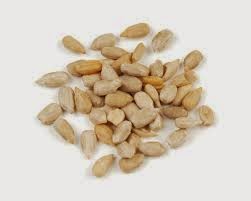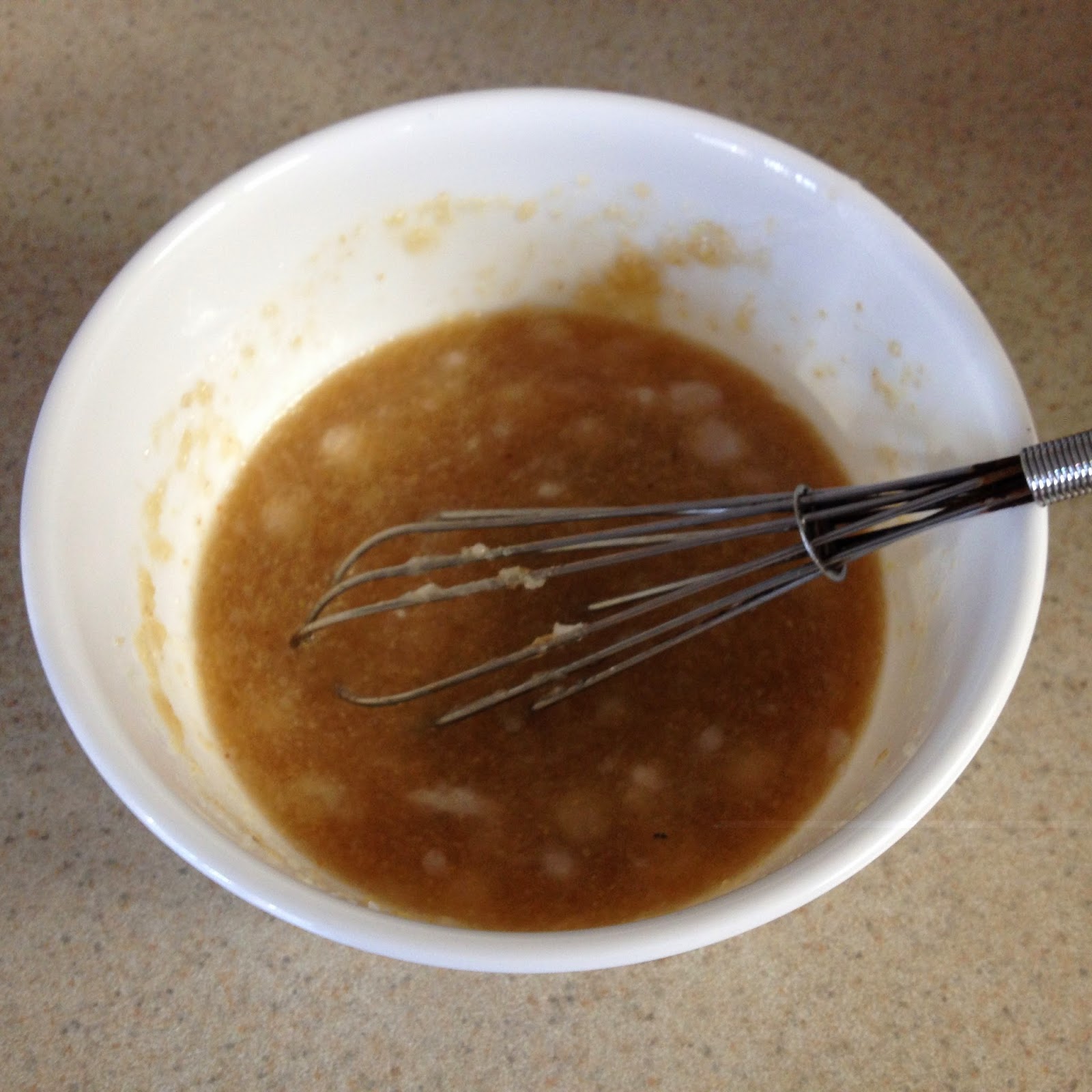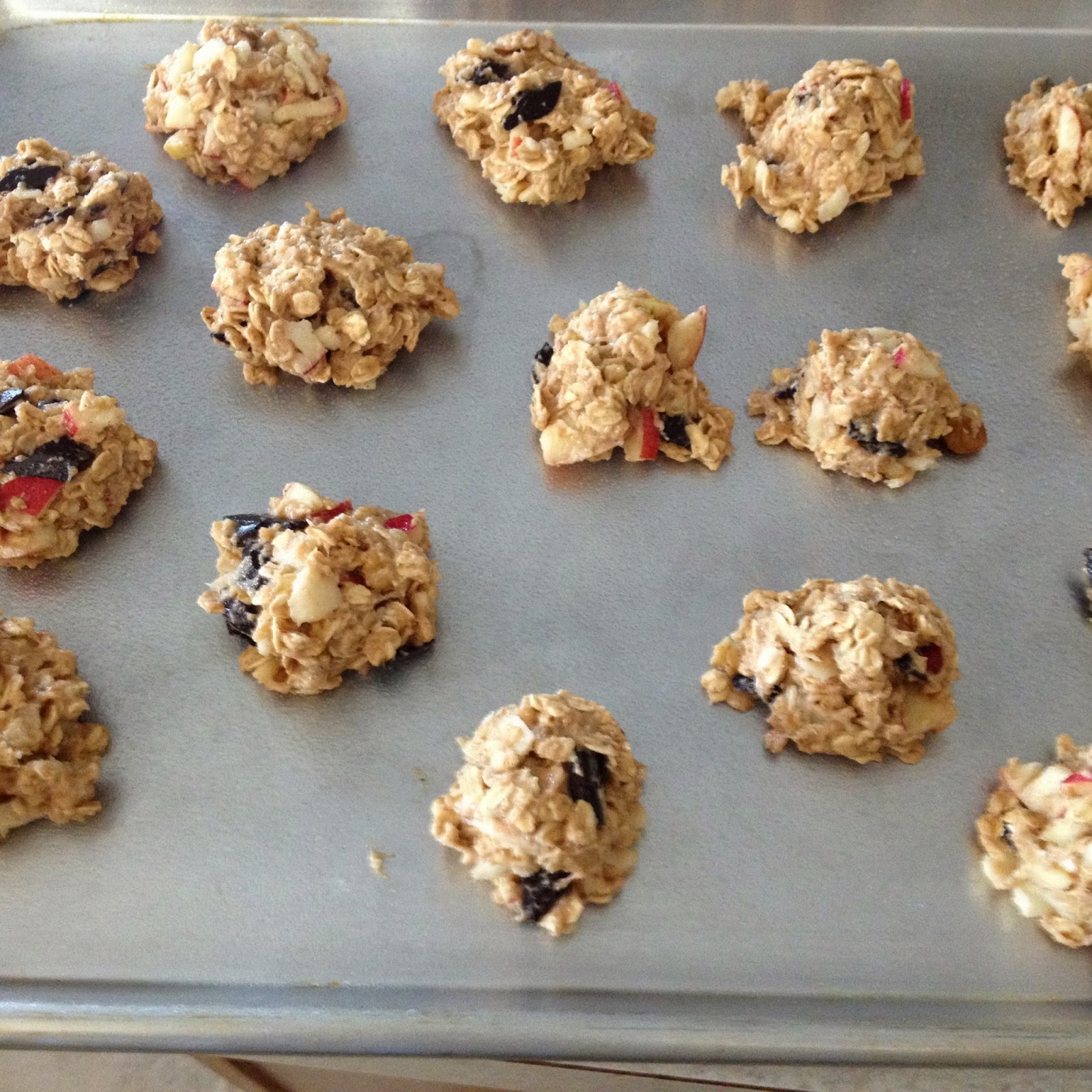Nuts can be chopped, crushed, blended, or used whole; they can add texture, flavor, crunch, or creaminess to a dish; they can even be turned into milks and flours. All nuts contain good amounts of healthy fats (particularly monounsaturated fat), fiber, protein, and minerals. Many nuts are also a great source of fat-soluble vitamins, particularly vitamin E.
■ Almonds: Probably the most all-purpose nut in the raw food world, almonds make beautiful milks, flours, and nut butters, and they’re rich in calcium and vitamin E to boot.
■ Brazil nuts: The world’s best source of the trace mineral selenium, which is important for proper thyroid function, just one Brazil nut supplies 100% of the RDA.
 Brazil nuts are high in calories, contains good quantities of vitamins, anti-oxidants and minerals. The nuts, in-fact, have been staple source of energy of native Amazonians.
Brazil nuts are high in calories, contains good quantities of vitamins, anti-oxidants and minerals. The nuts, in-fact, have been staple source of energy of native Amazonians.- 100 g of brazil nuts provide about 656 calories. Their high caloric content chiefly comes from their fats. However, the nuts are an especially excellent source of mono-unsaturated fatty acids (MUFA) like palmitoleic acid (16:1) and oleic acid (18:1) that helps to lower LDL or "bad cholesterol" and increases HDL or "good cholesterol" in the blood. Research studies suggest that Mediterranean diet that is rich in monounsaturated fatty acids help to prevent coronary artery disease and strokes by favoring healthy blood lipid profile.
- The nuts are also a very good source of vitamin-E; contain about 7.87 mg per 100 g (about 52% of RDA). Vitamin-E is a powerful lipid soluble antioxidant. It is required for maintaining the integrity of cell membrane of mucus membranes and skin by protecting it from harmful oxygen-free radicals.
- Brazil nuts hold exceptionally high levels of selenium. 100 g nuts provide about 1917 µg or 3485% recommended daily intake of selenium, rating them as the highest natural source of this mineral. Selenium is an important cofactor for anti-oxidant enzyme, glutathione-peroxidase. Just 1-2 nuts a day provides enough of this trace element. Adequate selenium in the diet help prevent coronary artery disease, liver cirrhosis, and cancers.
- Additionally, these creamy nuts are an excellent source of B-complex group of vitamins such as thiamin(51% of RDA per 100 g), riboflavin, niacin, pantothenic acid, vitamin B-6 (pyridoxine), and folates. Altogether, these vitamins work as co-factors for enzymes during cellular substrate metabolism inside the body.
- In addition to selenium, they contain very good levels of other minerals such as copper, magnesium, manganese, potassium, calcium, iron, phosphorus, and zinc. Copper helps prevent anemia and bone weakness (osteoporosis). Manganese is an all-important co-factor for the antioxidant enzyme, superoxide dismutase.
■ Cashews:
Thanks to their beautiful creaminess and slight sweetness, they’re an important component of many raw desserts. They’re also a good source of magnesium, which is vital for healthy muscles and bones. Not only do cashews have a lower fat content than most other nuts, approximately 82% of their fat is unsaturated fatty acids, plus about 66% of this unsaturated fatty acid content are heart-healthy monounsaturated fats, similar to those found in olive oil. Studies of diabetic patients show that monounsaturated fat, when added to a low-fat diet, can help to reduce high triglyceride levels. Triglycerides are a form in which fats are carried in the blood, and high triglyceride levels are associated with an increased risk for heart disease, so ensuring you have some monounsaturated fats in your diet by enjoying cashews is a good idea, especially for persons with diabetes.
■ Hazelnuts:
Also called “filberts,” hazelnuts contain a great deal of folate, an important B vitamin that helps build and repair DNA. They’re super-crunchy and go great with chocolate.
- Hazelnuts are heart-healthy. Consuming just 1.5 ounces of hazelnuts per day may help reduce the risk of cardiovascular disease, according to the USDA.
- Hazelnuts rank #1 among tree nuts in folate content. This translates into a decreased risk of neural tube birth defects and may help to reduce the risk of cardiovascular disease and depression
- Hazelnuts have the highest proanthocyanidin content of any tree nut. These compounds are known for contributing astringent flavor to foods and may help reduce the risk of blood clotting and urinary tract infections.
- Hazelnuts provide dietary fiber. An ounce of raw hazelnuts has 2.7 grams of dietary fiber. Dietary fiber is a cholesterol-lowering nutrient and may prevent constipation because of its laxative effect, according to the 2010 Dietary Guidelines from the U.S. Department of Health and Human Services. Healthy adults on a 2,000-calorie diet should aim for at least 28 grams of dietary fiber.
- Hazelnuts are particularly high in two minerals: manganese and copper. One serving of hazelnuts supplies 65 percent of the Daily Recommended Intake (DRI) for copper and more than 90 percent of the DRI for manganese. Copper is needed for iron absorption and manganese is necessary for bone formation.
- USDA provides updated data on the nutritional composition of many foods. For specific nutrient profiles for natural, roasted and blanched hazelnuts go to: www.nal.usda.gov/fnic/foodcomp/search/
■ Macadamia nuts:
Macadamias contain more healthful monounsaturated fats and fewer pro-inflammatory omega-6 fats than any other nut. Rich, buttery-tasting macadamias can be used for creaminess in the same way cashews can.
- Macadamia nuts have sweet taste and are rich source of energy. 100 g of nuts provide about 718 calorie/100 g, which is one of the highest values among nuts.
- They are packed with numerous health-benefiting nutrients, minerals, antioxidants and vitamins that are essential for optimum health and wellness.
- 100 g of macadamia provides 8.6 g or 23% of daily-recommended levels of dietary fiber. Additionally, they are a very good source of phytosterols such as β-sitosterol. However, the nuts contain no cholesterol.
■ Pecans:
Pecans are one of my favorite nuts in the world for their toasty flavor and rich texture. They also contain more antioxidants than any other nut.
- Pecan nuts are rich source of energy, provide 690 calories/100 g and contain health benefiting nutrients, minerals, antioxidants and vitamins that are essential for wellness.
- The nuts are rich in monounsaturated fatty acids like oleic acid and an excellent source of phenolic antioxidants. Regular addition of pecan nuts in the diet helps to decrease total as well as LDL or “bad cholesterol” and increases HDL or “good cholesterol” levels in the blood. Research studies suggest that the Mediterranean diet, which is rich in dietary-fiber, mono-unsaturated fatty acids, and antioxidants would help to prevent coronary artery disease and strokes by favoring healthy blood lipid profile.
- Pecan nuts are rich source of many phyto-chemical substances that may contribute to their overall antioxidant activity, including polyphenolic antioxidant ellagic acid, vitamin E, beta-carotene, lutein and zea-xanthin. Research studies have been suggestive of that these compounds help the body remove toxic oxygen-free radicals and thus, protect the body from diseases, cancers, as well as infections.
- Anti-proliferative properties of ellagic acid are because of its ability to inhibit DNA binding of certain carcinogens such as nitrosamines and polycyclic aromatic hydrocarbons, thus, offering protection to human body from cancers.
- Pecans are an excellent source of vitamin-E, especially rich in gamma-tocopherol; provide about 25 g per 100 g. Vitamin E is a powerful lipid soluble antioxidant, required for maintaining the integrity of cell membrane of mucus membranes and skin by protecting it from harmful oxygen-free radicals.
- The nuts are very rich sources of several important B-complex groups of vitamins such as riboflavin, niacin, thiamin, pantothenic acid, vitamin B-6, and folates. Together, these vitamins work as co-factors for the enzyme metabolism inside the human body.
- The nuts are also rich source of minerals like manganese, potassium, calcium, iron, magnesium, zinc, and selenium.
■ Pistachios: The lowest-calorie nut, pistachios possess an unmistakable (and lovely) green hue and an addictive crunch.
According to Thomas and Gebhardt (2006),pistachios contain a lower calorie content of only 160 per one ounce in comparison to other nuts and dried fruits such as cashew nuts, walnuts, almonds, pecans, hazelnuts, Brazil nuts, and chestnuts.
Pistachios contain a higher amount of protein in comparison with other nuts such as almonds, cashews, hazelnuts, macadamias, pecans, and walnuts. The amount of protein found in pistachios is 6 g per 1 ounce, which is the highest in comparison to other nuts.
The fat content in pistachios is also the lowest compared to other nuts. Statistics collected by Thomas and Gebhardt (2006) show that the fat content in pistachios is 13 g per 1 ounce.
Pistachios are also a very good source for mono-unsaturated fatty acids such as oleic acid and antioxidants. Taking pistachios on a regular basis is known to be effective in decreasing low-density lipoprotein (LDL), which is known as “bad” cholesterol and helps to increase the amount of high-density lipoprotein (HDL), commonly known as “good” cholesterol.
Trace elements or minerals found in pistachios include calcium, iron, magnesium, phosphorous, potassium, zinc, copper, manganese, and selenium. It is important to note that pistachios contain the highest amount of phosphorus, along with almonds and cashews. Furthermore, pistachios also contain the highest amount of potassium with respect to all other nuts.
The amount of sodium found in pistachios is zero, which is different from other nuts like hazelnuts and pecans. This is good news for people suffering from hypertension because they constantly have to curb the intake of sodium in their diet.
■ Walnuts:
More anti-inflammatory, heart-healthy omega-3 essential fatty acids can be found in walnuts than in any other nut.
As with nuts, seeds are a very versatile ingredient. They have a variety of functions in raw desserts, from binding to thickening to replacing tree nuts. Raw seeds also contain plenty of good fats, protein, fiber, and minerals.
- Walnuts are rich source of energy and contain health benefiting nutrients, minerals, antioxidants and vitamins that are essential for optimum health.
- They are rich in monounsaturated fatty acids (about 72%) like oleic acid and an excellent source of all important omega-3 essential fatty acids like linoleic acid, alpha-linolenic acid (ALA) and arachidonic acids.Regular intake of walnuts in the diet help in lowering total as well as LDL or “bad cholesterol” and increases HDL or “good cholesterol” levels in the blood. Research studies suggest that Mediterranean diet which is rich in mono-unsaturated fatty acids, and omega-3 fatty acids help to prevent coronary artery disease, and strokes by favoring healthy blood lipid profile.
- Eating as just as 25 g of walnuts per day provides about 90% of RDI (recommended daily intake) of omega-3 fatty acids. Research studies have suggested that n-3 fatty acids by their virtue of anti-inflammatory action help lower blood pressure, cut down coronary artery disease, and stroke risk, and offer protection from breast, colon and prostate cancers.
- Additionally, they are rich source of many phyto-chemical substances that may contribute to their overall anti-oxidant activity, including melatonin, ellagic acid, vitamin E, carotenoids, and poly-phenolic compounds. These compounds known to have potential health effects against cancer, aging, inflammation, and neurological diseases.
- Scientists at University of Scranton, Pennsylvania had recently discovered that walnuts have highest levels of popyphenolic antioxidants than any other common edible nuts. 100 g of these nuts carry 13541 µmol TE (Trolex equivalents) of oxidant radical absorbance capacity (ORAC). Eating as few as six to seven walnuts a day could help scavenge almost all the disease causing free radicals from the human body.
- Further, they are an excellent source of vitamin E, especially rich in gamma-tocopherol; carry about 21 g per 100 g (about 140% of daily-required levels). Vitamin E is a powerful lipid soluble antioxidant, required for maintaining the integrity of cell membrane of mucus membranes and skin by protecting it from harmful oxygen-free radicals.
- They are also packed with many important B-complex groups of vitamins such as riboflavin, niacin, thiamin, pantothenic acid, vitamin B-6, and folates.
- They also very are rich source of minerals such as manganese, copper, potassium, calcium, iron,magnesium, zinc, and selenium. Copper is a cofactor for many vital enzymes, including cytochrome c-oxidase and superoxide dismutase (other minerals function as co-factors for this enzyme are manganese and zinc). Zinc is a co-factor in many enzymes that regulate growth and development, sperm generation, digestion, and nucleic acid synthesis. Selenium is an important micronutrient, which functions as a co-factor for anti-oxidant enzymes such as glutathione peroxidases.
- Walnut oil has flavorful nutty aroma and exhibits excellent astringent properties. Applied locally, it helps to keep skin well protected from dryness. It has also been used in cooking, and as “carrier or base oil” in traditional medicines in massage therapy, aromatherapy, in pharmaceutical and cosmetic industry.
■ Chia seeds:
These unique little seeds, which come in regular (black) and white varieties, are positively packed with omega-3 fats, fiber, and protein. When combined with water, they form a mucilaginous gel, which may sound ugly, but it’s seriously awesome. Chia seeds are fabulous at binding to toxins and scrubbing waste from inside your digestive tract. A 1 ounce (28 grams) serving of chia seeds contains :
- Fiber: 11 grams.
- Protein: 4 grams.
- Fat: 9 grams (5 of which are Omega-3s).
- Calcium: 18% of the RDA.
- Manganese: 30% of the RDA.
- Magnesium: 30% of the RDA.
- Phosphorus: 27% of the RDA.
- They also contain a decent amount of Zinc, Vitamin B3 (Niacin), Potassium, Vitamin B1 (Thiamine) and Vitamin B2.
■ Flaxseeds: Full of plant lignans, omega-3 fatty acids, and fiber, flaxseeds also become gelatinous when ground and soaked. As such, they can be used as a binder in raw recipes. The whole seeds are indigestible and must be ground before eating or using in a recipe. Although flaxseed contains all sorts of healthy components, it owes its primary healthy reputation to three of them:
- Omega-3 essential fatty acids, "good" fats that have been shown to have heart-healthy effects. Each tablespoon of ground flaxseed contains about 1.8 grams of plant omega-3s.
- Lignans, which have both plant estrogen and antioxidant qualities. Flaxseed contains 75 to 800 times more lignans than other plant foods.
- Fiber. Flaxseed contains both the soluble and insoluble types.
■ Hempseeds:
These superseeds have it all: essential fats, dietary fiber, complete protein, and loads of minerals. They’re tiny and nutty-tasting, and I love making them into a nutritious nondairy milk. Hemp is a well-balanced vegetarian protein source that includes all of the essential amino acids. Not only is hemp one of the best veggie sources of protein, it’s easy for the body to digest and assimilate. Hemp also features plenty of other nutrients including abundant fiber, chlorophyll, vitamins and omega-3 and -6 essential fatty acids.
■ Pumpkin seeds: A great seed to use as a tree-nut replacement, pumpkin seeds (sometimes called “pepitas”) are packed with minerals like zinc and iron. While antioxidant nutrients are found in most WHFoods, it's the diversity of antioxidants in pumpkin seeds that makes them unique in their antioxidant support. Pumpkin seeds contain conventional antioxidant vitamins like vitamin E. However, not only do they contain vitamin E, but they contain it in a wide variety of forms. Alpha-tocopherol, gamma-tocopherol, delta-tocopherol, alpha-tocomonoenol and gamma-tocomonoenol are all forms of vitamin E found in pumpkin seeds. These last two forms have only recently been discovered, and they are a topic of special interest in vitamin E research, since their bioavailability might be greater than some of the other vitamin E forms. Pumpkin seeds also contain conventional mineral antioxidants like zinc and manganese. Phenolic antioxidants are found in pumpkin seeds in a wide variety of forms, including the phenolic acids hydroxybenzoic, caffeic, coumaric, ferulic, sinapic, protocatechuic, vanillic, and syringic acid. Antioxidant phytonutrients like lignans are also found in pumpkin seeds, including the lignans pinoresinol, medioresinol, and lariciresinol.
Interestingly, this diverse mixture of antioxidants in pumpkin seeds may provide them with antioxidant-related properties that are not widely found in food. For example, the pro-oxidant enzyme lipoxygenase (LOX) is known to be inhibited by pumpkin seed extracts, but not due to the presence of any single family of antioxidant nutrients (for example, the phenolic acids described earlier). Instead, the unique diversity of antioxidants in pumpkin seeds is most likely responsible for this effect.
■ Sesame seeds: I most often use these little calcium powerhouses in their ground form, called tahini. Not only are sesame seeds an excellent source of copper and a very good source of manganese, but they are also a good source of calcium, magnesium, iron, phosphorus, vitamin B1, zinc, molybdenum, selenium, and dietary fiber. In addition to these important nutrients, sesame seeds contain two unique substances: sesamin and sesamolin. Both of these substances belong to a group of special beneficial fibers called lignans, and have been shown to have a cholesterol-lowering effect in humans, and to prevent high blood pressure and increase vitamin E supplies in animals. Sesamin has also been found to protect the liver from oxidative damage.
■ Sunflower seeds:
Full of vitamin E and delicious in their own right, sunflower seeds are my go-to seed for replacing tree nuts when I need to make a recipe nut-free. Looking for a health-promoting snack? A handful of sunflower seeds will take care of your hunger, while also enhancing your health by supplying significant amounts of vitamin E, magnesium and selenium.


















































